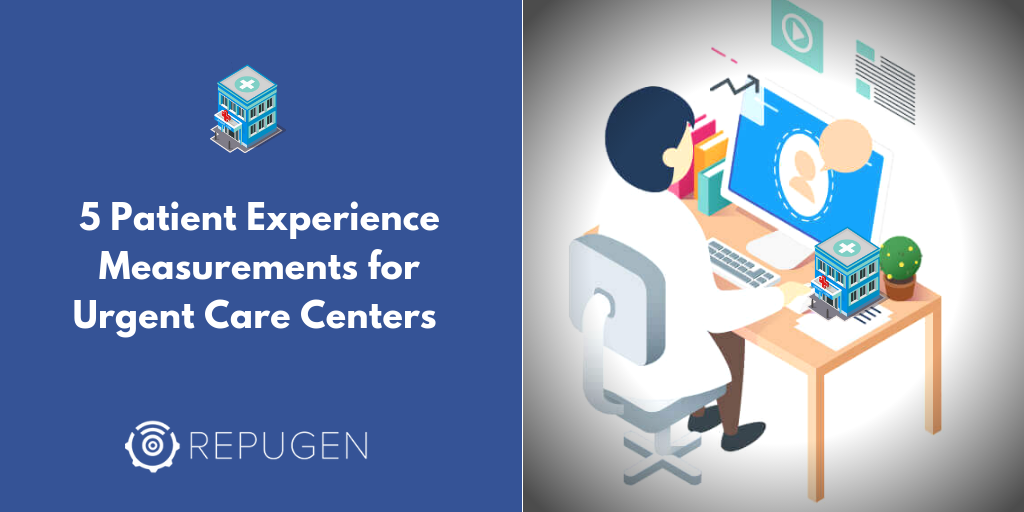
Urgent care patients can sometimes be more difficult to please than primary care patients, simply because the patients are typically in bad spirits once they arrive at the office (they’re there because of an illness or injury), they aren’t as familiar with the doctor or office, and because billing tends to be more difficult. Delivering a satisfactory patient experience under these circumstances can be challenging. With so many options in urgent care services for patients, you must work towards fostering loyalty among patients. Improving patient experience for urgent care centers requires correctly identifying the measures that evaluate patient experience. Without knowing what constitutes great patient experience, you can end up wasting your time and resources on useless metrics.
Shorter wait times is the primary reason why people prefer urgent care clinics for non-life threatening health conditions. You’ll need to determine average wait times at your clinic with strategies such as “notations” or “timestamps,” and find ways to streamline operations to quickly distribute patients among practitioners to reduce wait times evenly.
Another measure that correlates with the average wait times is the frequency of patient-doctor sessions in an hour. Numerical averages may not provide the correct picture of patient experience regarding the wait time. Setting a benchmark to get patients seen by a practitioner—perhaps within 30 minutes—can help you quickly identify the number of patients who fall outside this benchmark.
Another important measure to evaluate patient experience for urgent cares is assessing their patient satisfaction level. You can survey your patients about their most recent visit and about their likelihood of recommending the practitioner. This allows you to understand where patients are seeing less than stellar experiences at your office.
In today’s digital age, patients voice their happiness or concerns about your services online in the form of reviews. That makes online reviews an essential measure of patient experience for your urgent care practice. Prospective patients will consider checking your Yelp, Google, Facebook, HealthGrades review profiles when considering selecting you as their provider.
Highly overlooked, but the most reliable patient satisfaction measure is the percentage of your returning patients. A higher rate of returning patients would mean a greater patient experience, while a lower rate would mean you need to invest more time and effort in improving the patient experience.
Read the complete blog in depth on GMR Web Team - 5 Measures to Evaluate Patient Experience for Urgent Care Centers
0 Comment
Your email address will not be published. Required fields are marked *